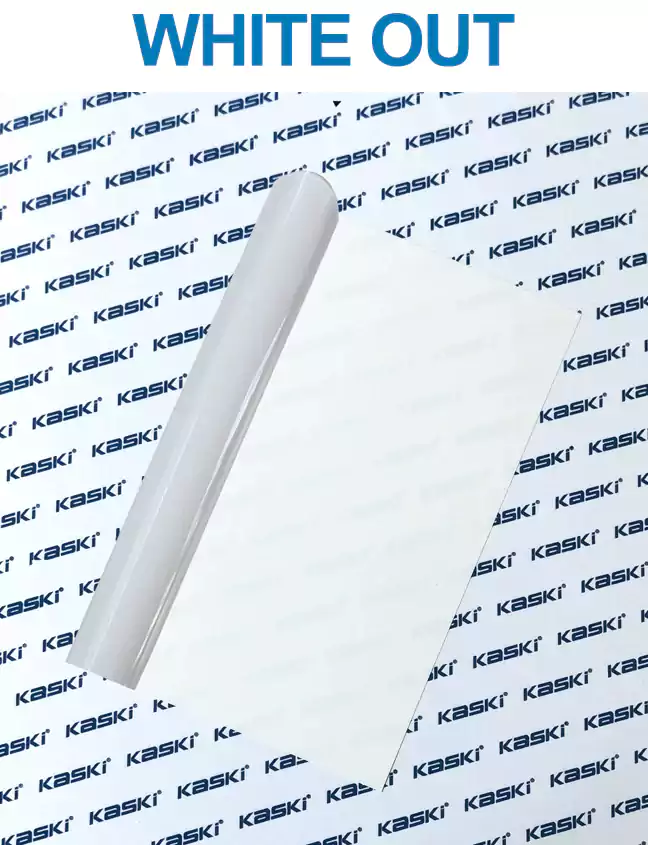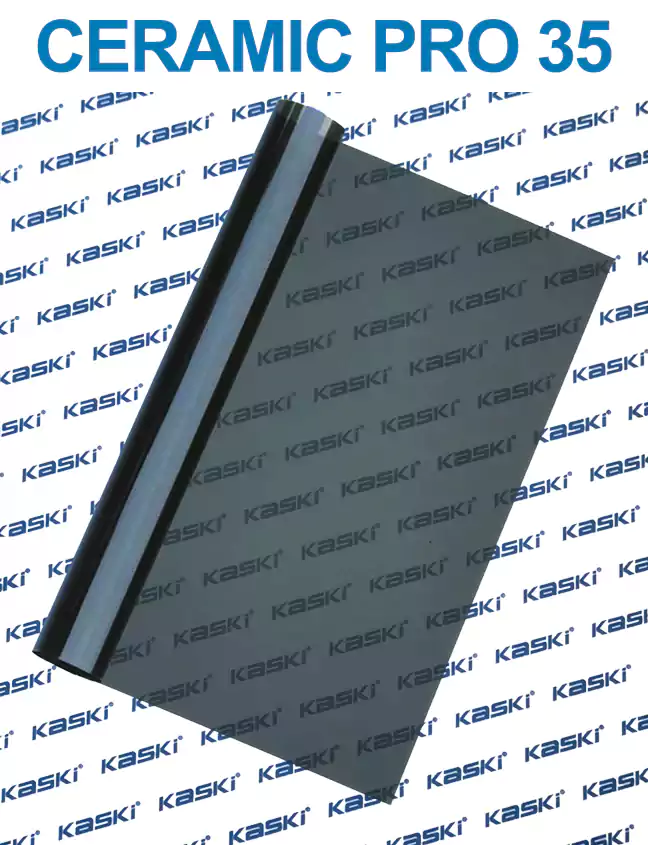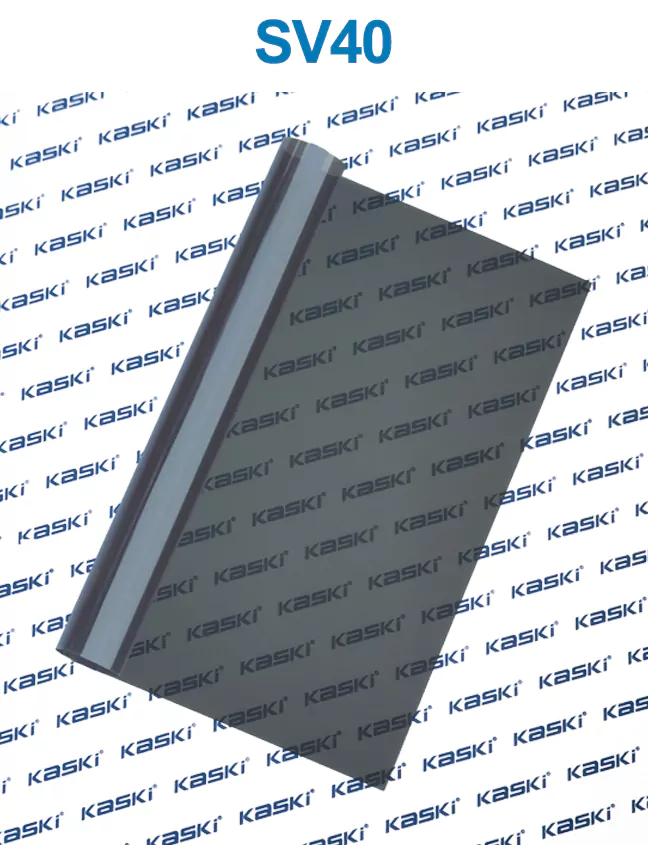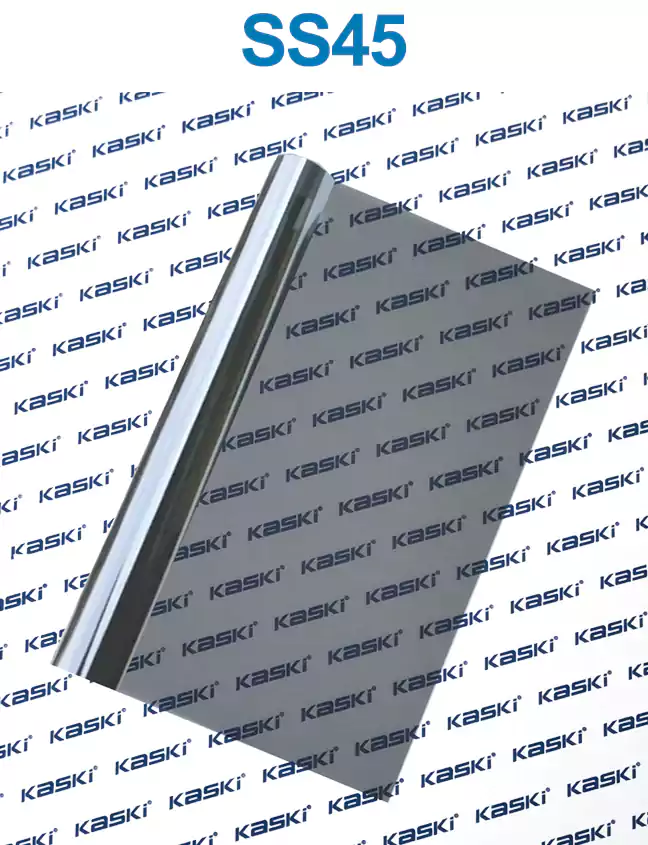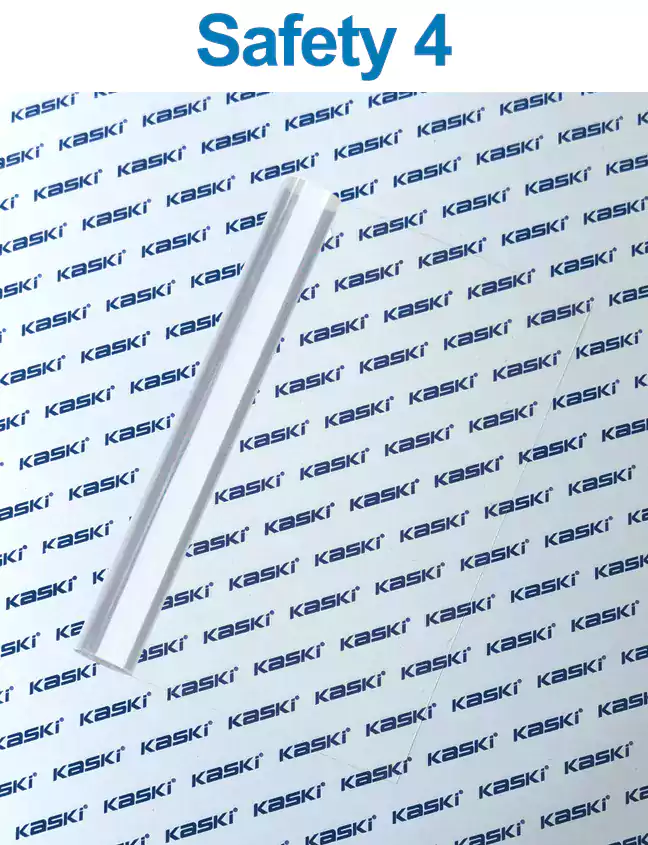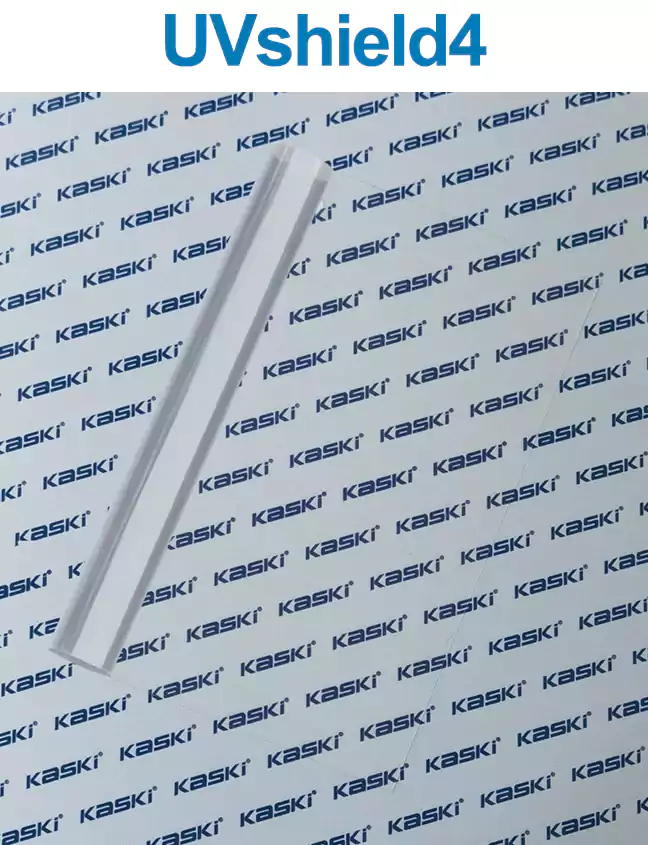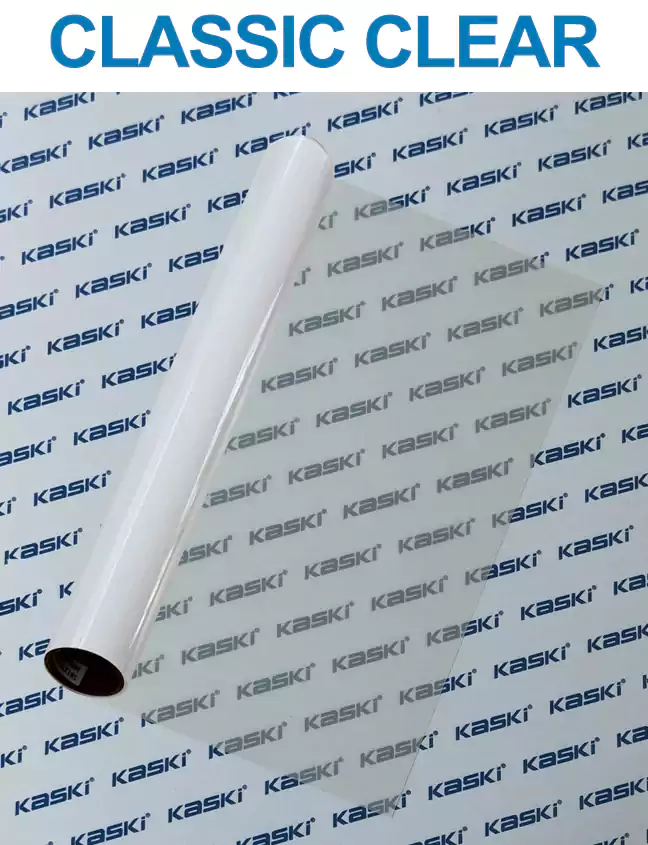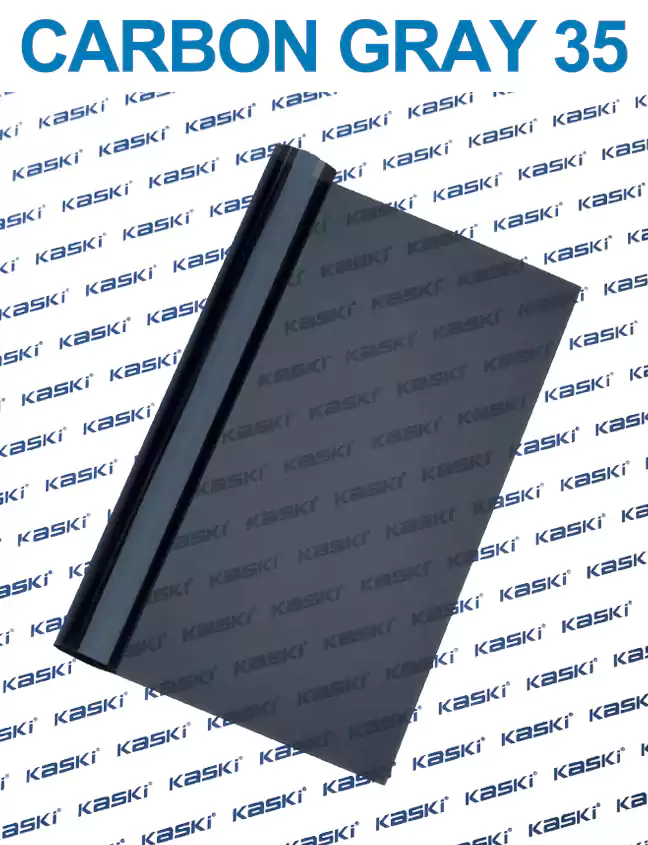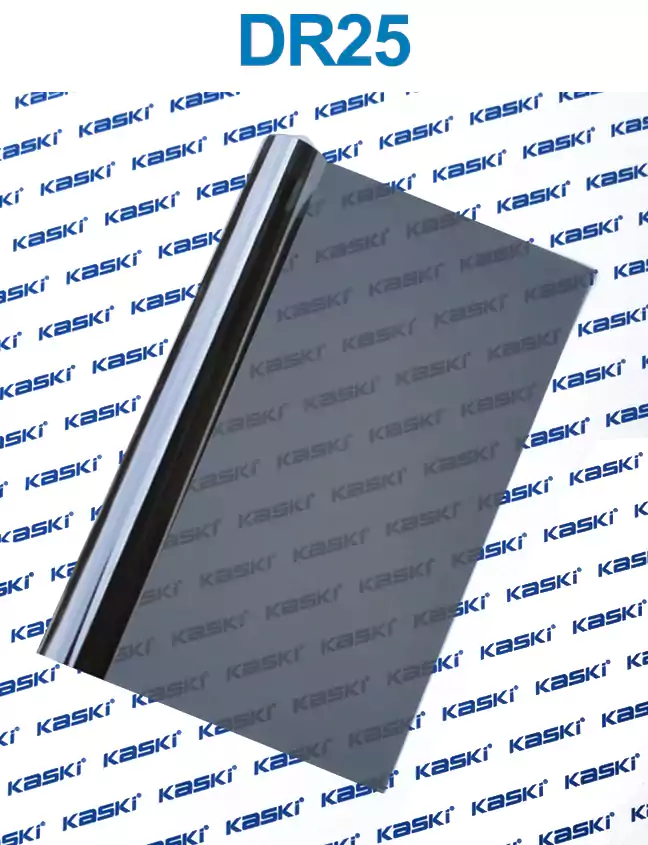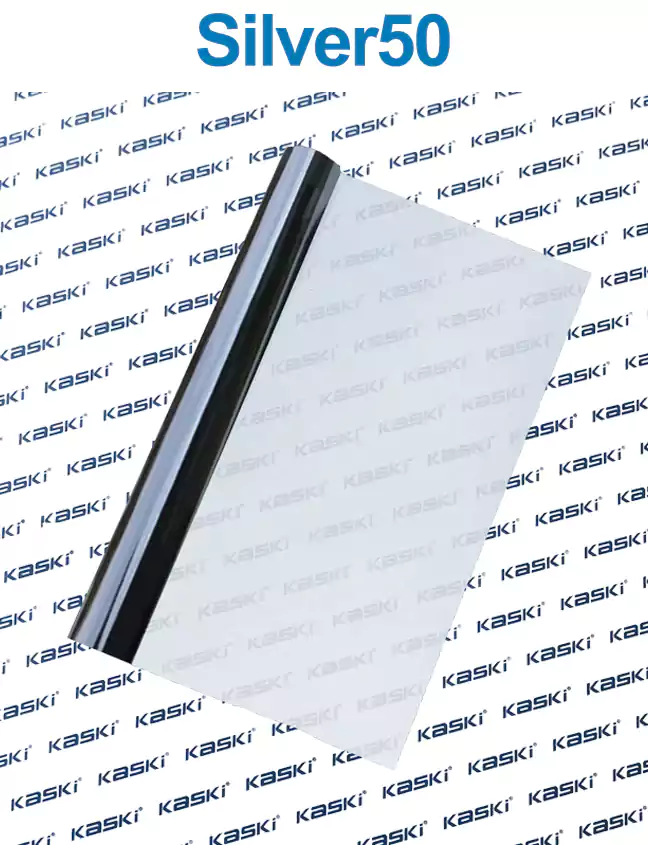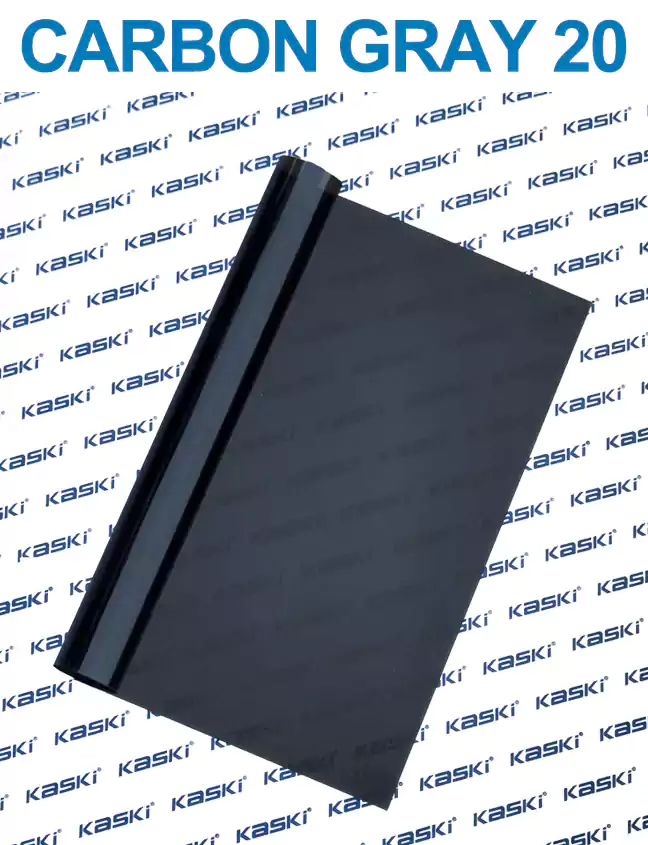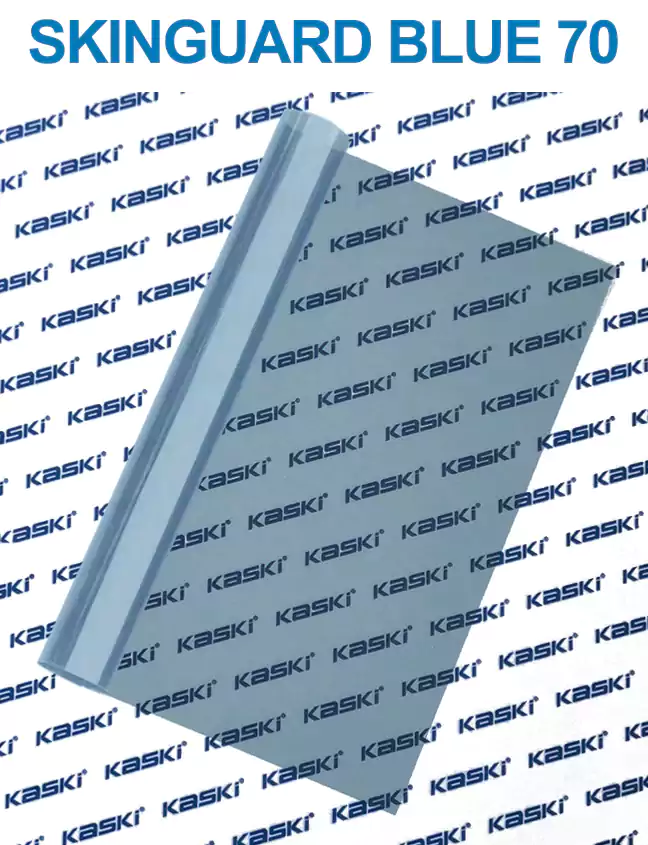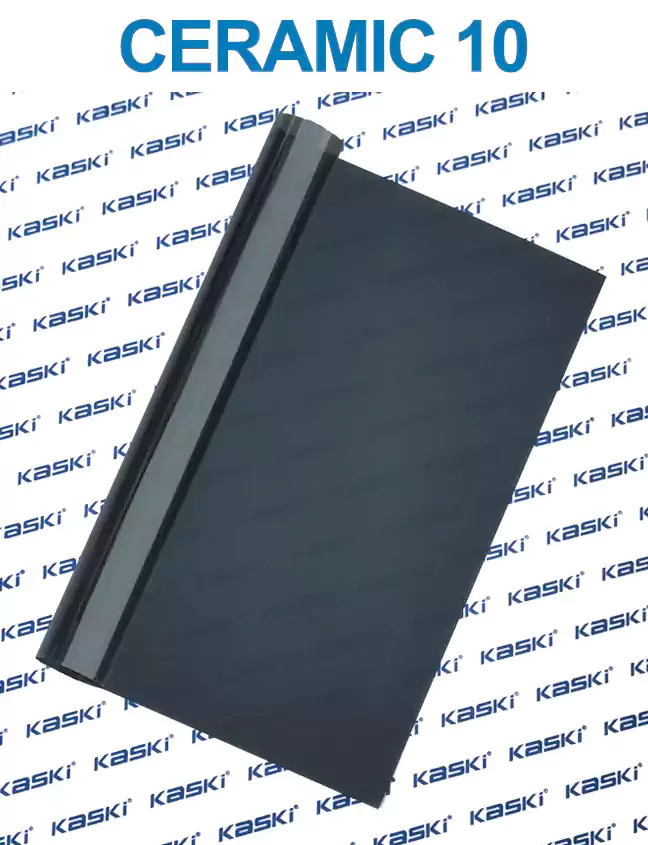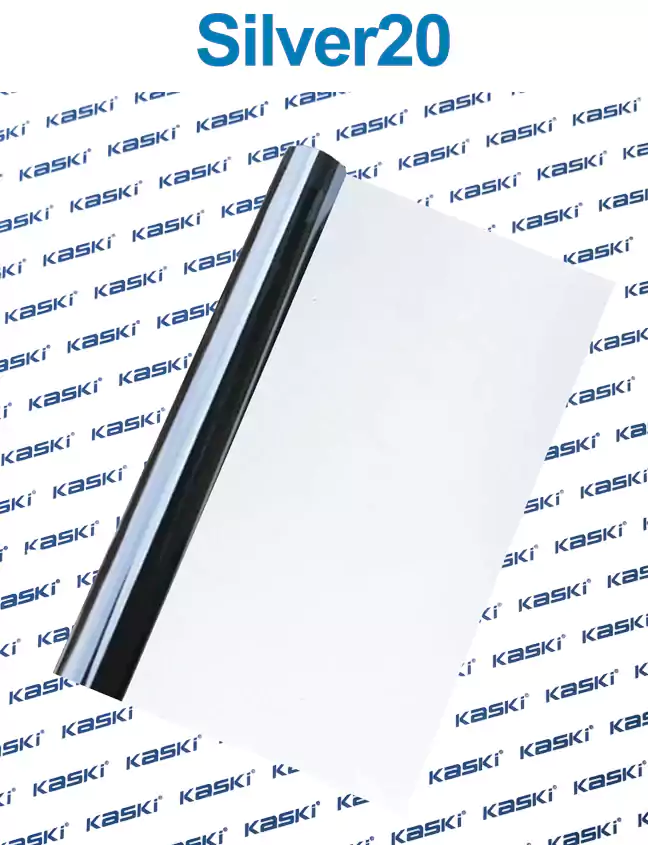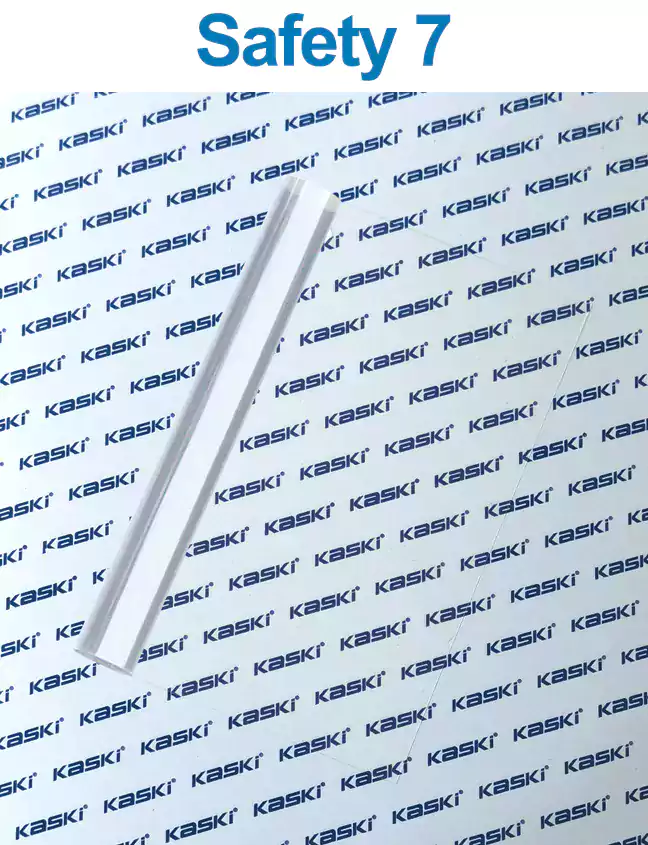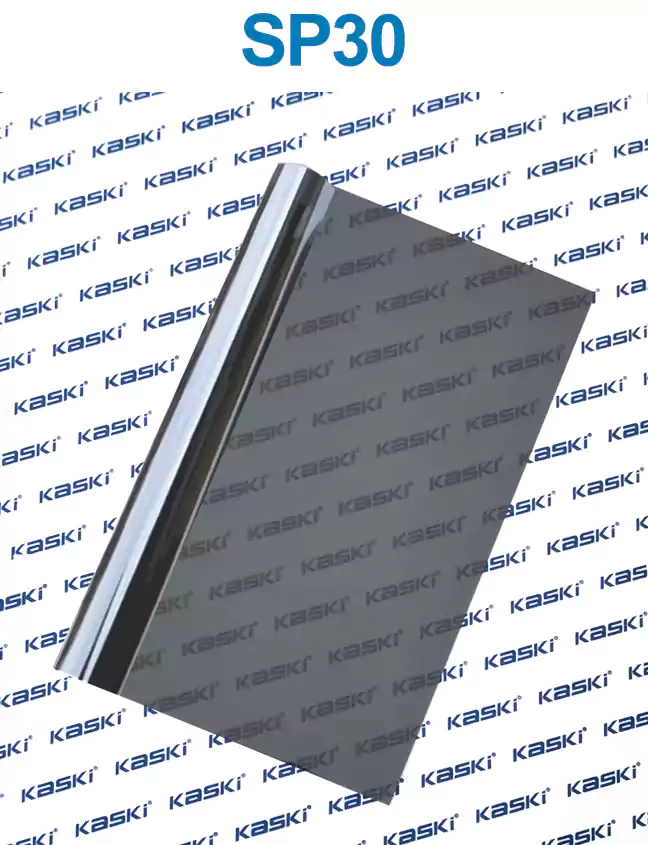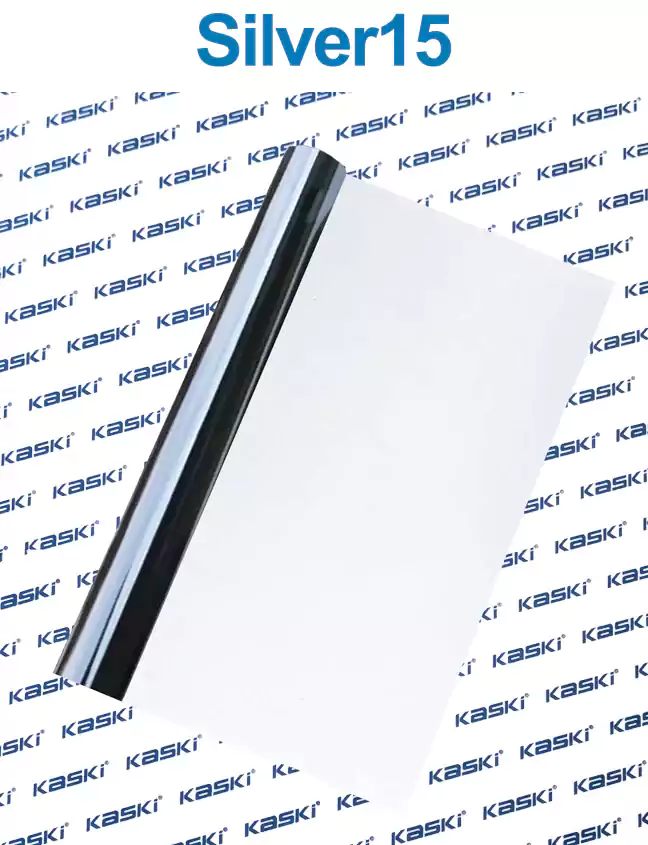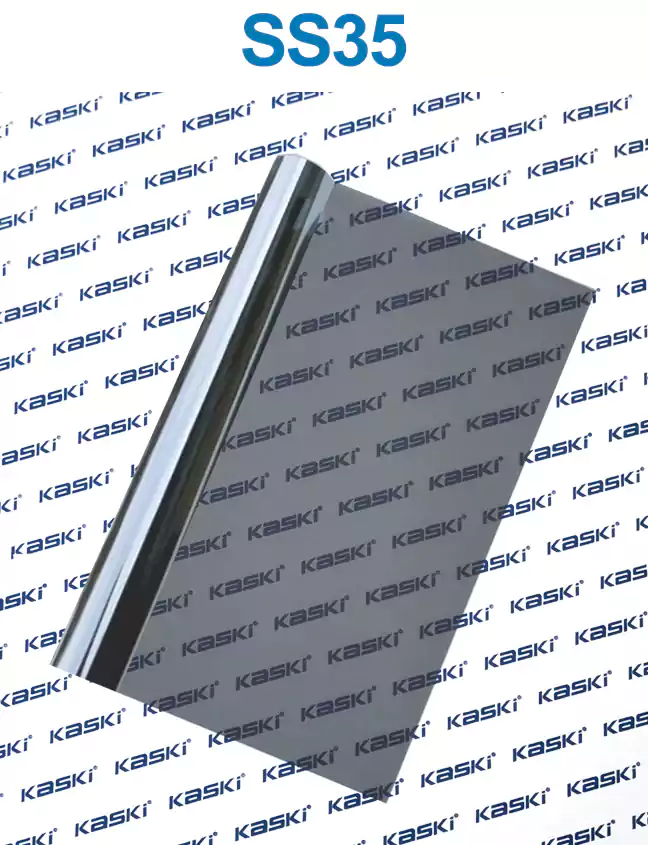Automotive window tinting is a popular and practical solution for enhancing the comfort, safety, and energy efficiency of your vehicle. Whether you're looking to reduce glare, block harmful UV rays, or maintain a comfortable temperature, window tinting can provide a wide range of benefits. In this comprehensive guide, we'll explore the principles, advantages, and a detailed installation case study to help you make an informed decision about tinting your car's windows.
The Principles of automotive window tinting
Window tinting film is a thin, transparent or lightly tinted material that is applied to the interior side of a vehicle's glass. These films are designed to block a significant portion of the sun's rays, including harmful UV and infrared light, while still allowing natural light to pass through. The tinting process involves carefully measuring the windows, cutting the film to size, and applying it to the glass using a specialized technique.
Advantages of heat control window film
1. Reduced Glare and Eye Strain: Tinted windows can significantly reduce the amount of glare entering the vehicle, making it easier for drivers and passengers to see clearly and reducing eye strain.
2. Improved Comfort and Energy Efficiency: By blocking the sun's heat, window tinting can help keep the interior of your car cooler, reducing the need for air conditioning and improving fuel efficiency.
3. Protection for Decorative Elements: Tinted windows can help protect the interior of your car, including upholstery, dashboards, and other decorative elements, from fading and damage caused by UV exposure.
4. Enhanced Privacy and Security: Tinted windows can provide an extra layer of privacy, making it more difficult for outsiders to see into your vehicle.
5. Increased UV Protection: High-quality window tinting films can block up to 99% of harmful UV rays, protecting the skin and eyes of those inside the vehicle.
6. Improved Appearance: Many drivers choose to tint their windows for the sleek, sophisticated look it can add to their vehicle.
A Detailed Installation Case Study
In this case study, we'll explore the process of tinting the windows of a 2020 Toyota Camry. The vehicle owner, Sarah, was looking to improve the comfort and energy efficiency of her car while also enhancing its overall appearance.
Step 1: Measuring the Windows
The first step in the tinting process was to carefully measure the windows of the Toyota Camry. The installer used a specialized tool to ensure accurate measurements, taking into account the unique shape and size of each window.
Step 2: Selecting the Tinting Film
Based on Sarah's preferences and the climate in her area, the installer recommended a high-quality tinting film that would block up to 99% of harmful UV rays while still allowing natural light to pass through. The film chosen was a 35% visible light transmission (VLT) tint, which provides a balance between privacy and visibility.
Step 3: Preparing the Windows
Before applying the tinting film, the installer thoroughly cleaned the windows to ensure a smooth, bubble-free application. This involved using a specialized cleaning solution and a lint-free cloth to remove any dirt, dust, or residue.
Step 4: Cutting and Applying the Film
With the windows prepped, the installer carefully cut the tinting film to the precise size and shape of each window. Using a squeegee and a spray solution, the film was then applied to the interior side of the glass, ensuring that it was perfectly aligned and free of any air bubbles or wrinkles.
Step 5: Curing and Finishing
After the tinting film was applied, the installer allowed it to cure for a specified period, typically 24-48 hours, to ensure a strong, durable bond with the glass. Once the curing process was complete, the installer performed a final inspection and cleaned the windows to remove any excess solution or residue.
Testimonials
"I'm so glad I decided to tint the windows of my Toyota Camry. The difference in comfort and energy efficiency is amazing. I no longer have to crank up the air conditioning to stay cool, and the reduced glare makes driving much more enjoyable. The tinting also gives my car a sleek, modern look that I love." - Sarah, Toyota Camry owner
"Tinting my car's windows was one of the best decisions I've made. Not only does it keep the interior cooler and protect my upholstery from fading, but it also provides an extra layer of privacy and security. The installation process was quick and hassle-free, and I couldn't be happier with the results." - Michael, Honda Civic owner
In conclusion, automotive window tinting is a practical and versatile solution that can provide a wide range of benefits for vehicle owners. Whether you're looking to improve comfort, enhance energy efficiency, or simply give your car a stylish upgrade, window tinting is a worthwhile investment that can make a significant difference in your driving experience.

